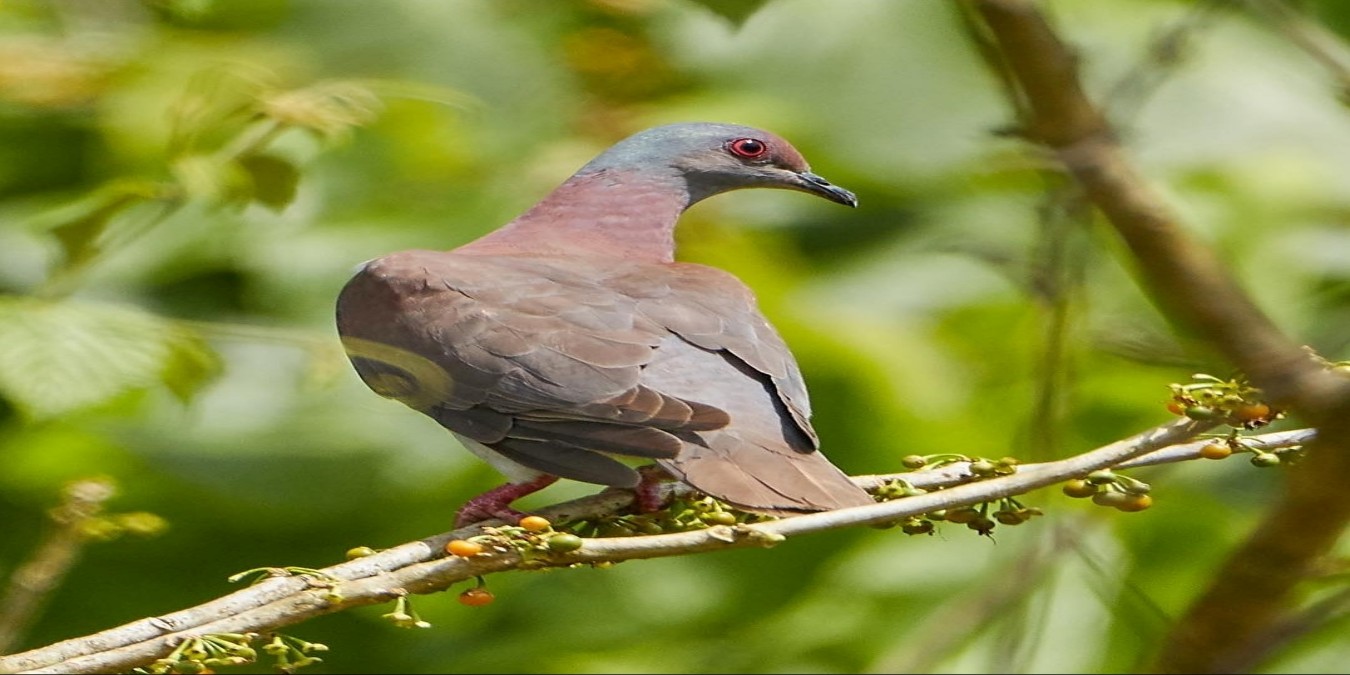In the rich tapestry of Tobago’s wildlife, few creatures embody the island’s serene spirit quite like the Pale-vented Pigeon (Patagioenas cayennensis). Graceful in flight and subtle in colour, this bird is more than a beautiful resident of the forest; it’s a quiet symbol of Tobago’s natural heritage and ecological resilience.
Easily identified by its soft grey-blue head, rose-tinted breast, and pale underparts, the Pale-vented Pigeon is a common but often overlooked species in the Caribbean. In Tobago, it thrives in the dappled light of forest edges, feeding on fruit-bearing trees and playing a vital role in seed dispersal, a critical process for forest regeneration and ecological health.
But this gentle bird also carries cultural weight.
It is widely believed that Pigeon Point, Tobago’s most famous beach and heritage site, draws its name from the once-abundant presence of this very species. Today, the soft, rhythmic call of the Pale-vented Pigeon can still be heard amid the sea grapes and coconut trees lining the Pigeon Point peninsula, a soothing soundtrack to one of the most photographed locations in the Caribbean.
For eco-travellers, birdwatchers, and nature enthusiasts, witnessing the Pale-vented Pigeon in its native habitat offers a rare moment of stillness and connection to the land. It’s a reminder that Tobago’s beauty lies not only in its turquoise waters and white sands but also in its thriving ecosystems and living symbols.
Whether you're walking a forest trail, exploring the Main Ridge Reserve, or relaxing at Pigeon Point, pause and look skyward; you might just spot Tobago’s quiet guardian watching over it all.


Comments